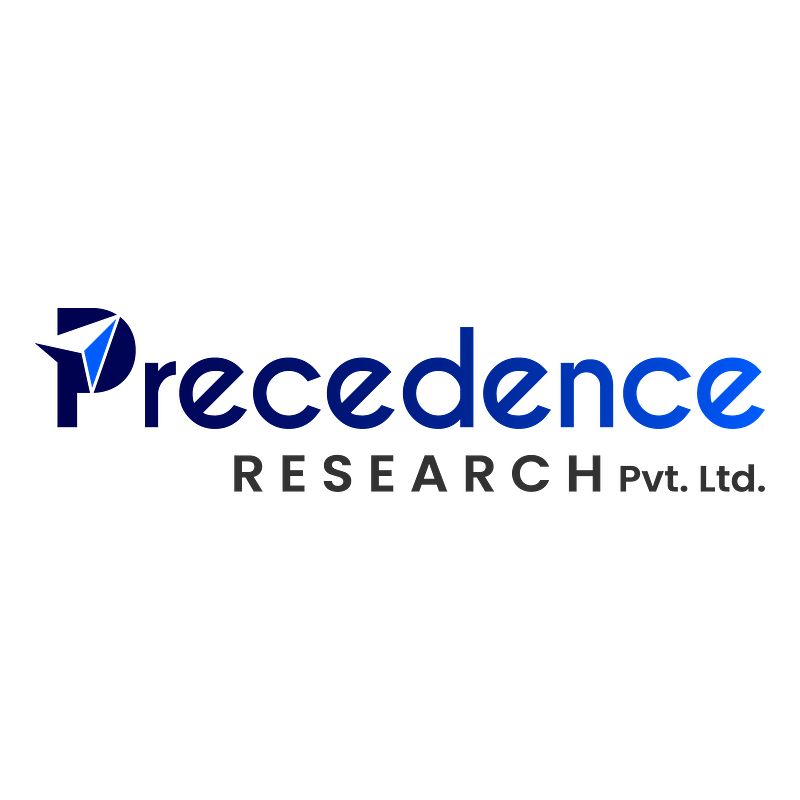
Enzyme Market Poised for Growth as Sustainability Drives Innovation & Demand
The global industrial enzyme market is experiencing significant growth, fueled by sustainability initiatives, advanced biotechnologies, and expanding applications across diverse industries – from food to biofuels.
Enzyme Market Poised for Growth as Sustainability Drives Innovation & Demand
By Janet Adams
Driven by a growing global emphasis on sustainability and fueled by advancements in biotechnology, the industrial enzyme market is experiencing robust growth and undergoing significant transformation. Valued at billions of dollars, the market is predicted to continue its upward trajectory as industries seek greener, more efficient, and cost-effective solutions. A recent analysis of the market reveals exciting trends in enzyme engineering, application expansion, and regional growth.
The Sustainability Imperative
Enzymes are increasingly recognized as cornerstones of sustainable industrial practices. Unlike traditional chemical processes that often rely on harsh chemicals, high temperatures, and significant energy consumption, enzymes function as biocatalysts, accelerating reactions under milder conditions. This translates to reduced energy consumption, lower waste generation, and a diminished environmental footprint.
“The push for green chemistry is really driving enzyme adoption,” noted one industry analyst. “Companies are actively seeking ways to replace conventional processes with enzymatic alternatives, not just for environmental reasons, but also because it can often lead to cost savings.”
The use of enzymes is especially prominent in industries like textiles, where they can replace hazardous chemicals in processes like denim washing and fabric finishing. Similarly, in the food and beverage sector, enzymes play a crucial role in improving product quality, extending shelf life, and enabling the production of healthier, more natural products.
Innovation in Enzyme Engineering & Application
The potential of enzymes isn’t simply about replacing existing processes; it’s about unlocking entirely new applications. Advances in enzyme engineering and directed evolution are enabling scientists to tailor enzymes for specific industrial needs, improving their performance, stability, and cost-effectiveness.
“We’re seeing a revolution in enzyme design,” explained a researcher specializing in biocatalysis. “Using techniques like directed evolution and computational modeling, we can now create enzymes that are optimized for incredibly specific tasks, opening up possibilities that were previously unimaginable.”
This innovation is extending the reach of enzymes into new sectors, including:
- Plastic Degradation: Engineered enzymes are being developed to break down stubborn plastic polymers, offering a promising biological solution to plastic pollution.
- Advanced Biocatalysis: Enzymes are enabling the efficient synthesis of complex molecules in the pharmaceutical industry, reducing reliance on traditional chemical routes.
- Biofuel Production: Enzymes continue to be crucial for converting biomass into renewable biofuels, driving the transition towards a more sustainable energy future.
- Wastewater Treatment: Enzymes can effectively degrade pollutants in wastewater, offering a sustainable and efficient solution for environmental cleanup.
Market Leaders & Competitive Landscape
The industrial enzyme market is relatively concentrated, with a few key players dominating the landscape. Novozymes, now part of Novonesis following a recent merger, consistently leads the market, boasting a near-50% share. DuPont, DSM-Firmenich, and BASF SE are also major players, accounting for a significant portion of the overall market.
“The recent merger of Novozymes and Chr. Hansen is a game-changer,” stated a market analyst. “It creates a powerhouse in the biotechnology space, with the potential to accelerate innovation and expand market reach.”
Competition is intensifying, however, with a growing number of smaller, specialized companies entering the market. These startups are often focused on developing novel enzymes for niche applications, leveraging advancements in areas like synthetic biology and AI-assisted enzyme design.
Regional Growth & Emerging Markets
While North America and Europe currently account for the largest share of the industrial enzyme market, Asia Pacific is rapidly emerging as the fastest-growing region. Factors driving this growth include:
- Expanding Food Processing Industry: The rising demand for processed foods in Asia Pacific is driving the need for enzymes used in food production.
- Rapid Industrialization: The increasing industrial activity in countries like China and India is fueling demand for enzymes used in various industrial processes.
- Government Support: Several governments in Asia Pacific are actively promoting the bioeconomy, providing incentives for the development and adoption of bio-based technologies.
“Asia Pacific represents a significant growth opportunity for enzyme manufacturers,” noted one industry expert. “The region’s rapidly expanding economies and growing focus on sustainability are creating a favorable environment for enzyme adoption.”
Challenges & Future Outlook
Despite the promising outlook, the industrial enzyme market faces several challenges, including:
- Cost Competitiveness: Enzymes can sometimes be more expensive than traditional chemical alternatives, limiting their adoption in certain applications.
- Stability & Activity: Enzymes can be sensitive to environmental factors like temperature and pH, requiring careful optimization to maintain their stability and activity.
- Regulatory Hurdles: The approval process for new enzymes can be lengthy and complex, hindering innovation and market entry.
Looking ahead, the industrial enzyme market is poised for continued growth and innovation. As sustainability concerns intensify and technological advancements accelerate, enzymes are expected to play an increasingly vital role in a wide range of industries. The focus will likely shift towards developing more robust, cost-effective, and application-specific enzymes, driven by ongoing research in areas like enzyme engineering, directed evolution, and AI-assisted design. The development of efficient enzymes for plastic degradation and the expansion of precision fermentation-based enzyme production will also be key areas to watch in the coming years.
Ultimately, the future of the industrial enzyme market is bright, with the potential to contribute significantly to a more sustainable and environmentally responsible future.
📝 This article is still being updated
Are you a relevant expert who could contribute your opinion or insights to this article? We'd love to hear from you. We will give you full credit for your contribution.
Contribute Your Expertise →